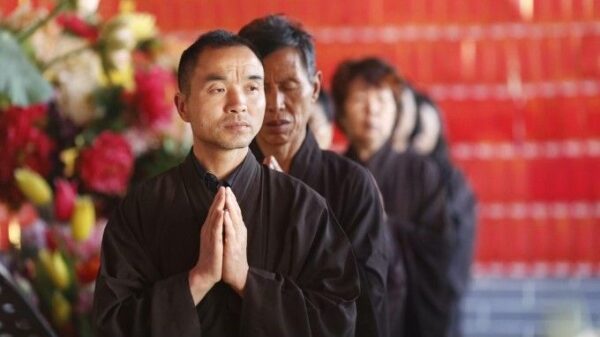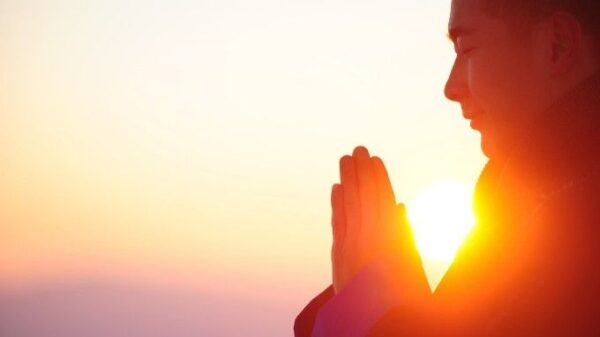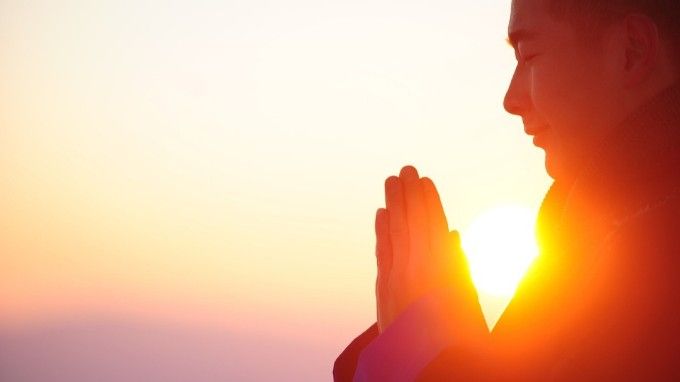‘Namaste’ is one of India’s most common as well as most significant greetings. It has now become a global symbol of respect and connection, transcending international boundaries. Over here, lies a very rooted history of philosophy, etiquette and the changing of social contexts. We will understand how the namaste greeting evolved in Indian culture and how it still remains relevant today. The meaning behind the word namaste basically is ‘I bow down to you’. However, its symbolical meaning lies in the fact that God resides in each and every one of us. Some people also state that the complete meaning is, “The Divine in me surrenders to the Divine in you.” This actually supersedes namaste from a simple hi to a very delicate symbol of recognition, friendship and mutual respect.

Origin in Veda
In ancient India, the concept of the soul and consciousness make up the prominent roots of Indian philosophy. This was first mentioned in the Upanishads. The gesture of pressing palms together is called the Anjali Mudra and it represent the universal truth of life which is that all people are equal and everyone is deserving of respect. It is also stated that pressing the left and the right palms together is a symbolization that the left hemisphere and the right hemisphere of the brain are in collaboration with each other and there is harmony between our thoughts and feelings. There are many texts in Rig Veda and the Upanishads which include invocations and mantras that start with the word ‘namah’ which means that we, as mortal humans, bow down to wisdom given by our teachers which has been passed to them by the universe itself. Namaste greeting evolved in Indian culture by first being used only in spiritual context while speaking to priests, gurus and deities. Now it has become a common social greeting.
Namaste as a Cultural Word

During the 500 BC, namaste had turned into a saying which was repeated daily. In the temples, it was repeated with devotion to the god where the priest humbly bowed to God. The greeting also turned into a sign of humility in social settings. In Gurukuls, students greeted their teachers by saying namaste every morning. In the court of the King, the courtiers greeted their King by saying it. In village life, the younger children greeted their parents, grandparents and the village elders by saying namaste. There was not a single point in time where it was just a formality. In fact, it was said to signify that the sayer was respectful and aware of the other person’s presence which made this gesture a respectful word.
The Significance of the Gesture
Usually, when a person says namaste, they do the Anjali mudra. This means that they join their palms with a little bow which is called the Anjali mudra in spiritual practices or while practicing yoga. It is a reflection that the person is not aggressive because the hands are neither raised nor open. It shows that the person is receptive to what the other person is about to say. Also, this gesture was of value during pandemics as it did not involve touching.
In conclusion, how namaste greeting evolved in Indian culture is a tale that has moved from Vedic literature to a digital age which is an extraordinary journey. It is a strengthening story about the significance of having proper etiquettes, understanding the humanity and divinity that lies in every one of us and a chance to properly recognize a person. Therefore, whenever a greet a person with this word next time, remember that it is much more significant than a simple hi.
Author
Shreeja Mukherjee


